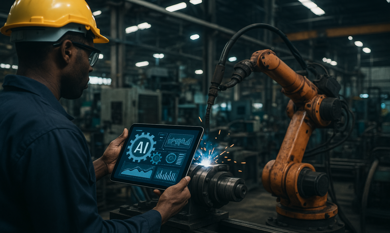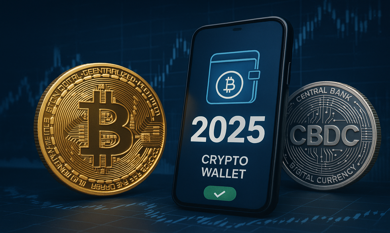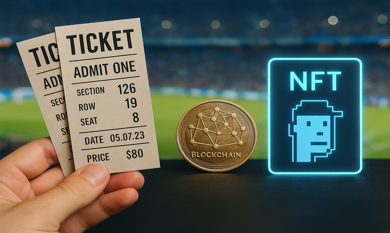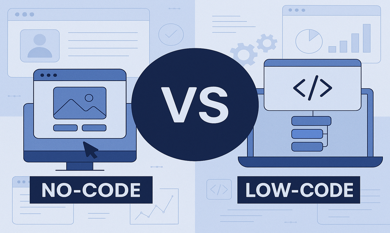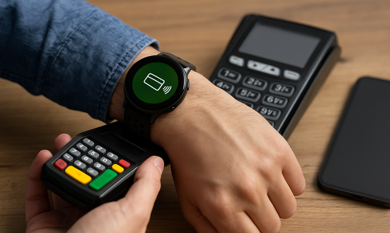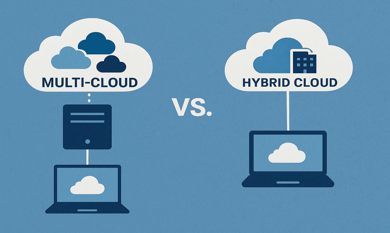In a digital world that’s constantly evolving, the way we write and experience code is also changing. Enter vibe coding, a rising concept that emphasizes the emotional, sensory, and experiential elements of software development. While traditional coding focuses on logic, syntax, and functionality, vibe coding shifts the spotlight toward how software makes users feel.
But what exactly is vibe coding, and how does it work?
This blog breaks down the essence of vibe coding, its relevance across industries like UX, gaming, AI, and web development, and how this emerging discipline is transforming the developer mindset and digital experiences alike.
What Is Vibe Coding?
Vibe coding is the practice of writing software, especially interfaces, animations, and interactive applications, with an emphasis on emotional resonance, aesthetic flow, and user immersion. It integrates traditional code structure with artistic intuition, cultural sensitivity, and sensory design.
Instead of just asking “Does it work?”, vibe coders ask:
- Does it feel smooth and responsive?
- Is the color scheme calming or energizing?
- Do animations enhance the mood?
- Is the feedback intuitive and joyful?
It is not a formal programming paradigm like object-oriented or functional programming. Rather, it is a mindset that treats code as an instrument of expression, not just instruction.
Where Did Vibe Coding Come From?
Vibe coding gained traction through communities on platforms like GitHub, TikTok, and Twitter. Developers began showcasing “vibey” code projects such as websites that move like music videos, apps that mimic human conversation patterns, and UI elements that react to user energy.
A notable example is the trend of "aesthetic CSS" and "brutalist web design," where layouts intentionally disrupt conventions to evoke emotion. Similarly, indie game developers have long practiced vibe coding by designing worlds that feel alive, even without complex mechanics.
In short, vibe coding is a natural evolution of creative coding and UX development.
Key Elements of Vibe Coding
While vibe coding has no strict framework, common themes include:
- Smooth Motion and Transitions: Use of fluid animations, easing curves, and hover effects to enhance interactivity
- Cohesive Color Palettes: Emotional alignment between design tone and color theory
- Micro-interactions: Tactile responses like button bounce, sound effects, or haptic feedback
- Intuitive Copywriting: Friendly, human-centric language in UI text and prompts
- Mood-Based Layouts: Page or app layout changes subtly with user input or time of day
Technically, this requires mastery of CSS transitions, WebGL, JavaScript animation libraries (GSAP, Framer Motion), and even AI behavior scripting.
How Does Vibe Coding Work?
At its core, vibe coding requires three disciplines working in harmony:
- Code Structure
Developers still rely on clean, modular architecture, but leave room for creative layering. For instance, separate animation handlers and emotion-based theming modules.
- Design Integration
Designers and developers collaborate more closely. Tools like Figma, Lottie, and Tailwind CSS help bridge design intent and functional code.
- User Feedback Loop
Real-time feedback and analytics help iterate vibes based on how users react. Some projects even use machine learning to personalize UI vibes per user.
This approach often leads to multi-sensory experiences where visual, auditory, and interactive elements form a cohesive atmosphere.
Real-World Examples of Vibe Coding
1. Spotify Wrapped
Spotify Wrapped uses custom data visualizations, vibrant gradients, animations, and tone-matching copy to create an emotional connection. It is a classic vibe coding showcase that blends code and culture.
2. Notion’s UI/UX
Notion’s minimalist but responsive interface makes liberal use of micro-interactions, mood-adaptive spacing, and friendly prompts, all hallmarks of vibe coding.
3. Indie Games (e.g., “A Short Hike”, “Celeste”)
Games that make players feel immersed without high-end graphics often rely on vibe coding through pixel animations, atmospheric sound, and intuitive pacing coded for emotional impact.
Benefits of Vibe Coding
- Enhanced User Engagement: Emotional design increases time-on-site and loyalty
- Higher Retention: People return to experiences that feel good and intuitive
- Stronger Brand Identity: Vibe becomes a differentiator in crowded digital markets
- Increased Accessibility: Emotionally aware design supports neurodiverse and global users better
In fast-moving industries like ecommerce, gaming, education, and fintech, vibe coding helps products resonate with users beyond logic and functionality.
Common Misconceptions
- "It’s Just Aesthetic Design": Vibe coding goes beyond appearance. It is about interaction and emotional rhythm
- "It’s Only for Designers": Developers play a huge role by crafting transitions, state logic, and sensory output
- "It’s Not Scalable": When modularized correctly, vibe-coded systems scale across platforms and devices
Vibe coding is not anti-structure. It is code written with empathy and creativity.
Who Should Learn Vibe Coding?
- Front-End Developers: Especially those building UI-rich apps or SPAs
- UX Designers with Coding Skills: To translate intent into experience
- Creative Technologists: Working in XR, installations, or generative art
- Startups: Wanting to build emotionally resonant MVPs quickly
Anyone creating digital experiences that require emotional intelligence can benefit from vibe coding principles.
The Future of Vibe Coding
As AI-generated content becomes more prevalent, vibe coding will act as the human layer. It distinguishes emotionally resonant apps from robotic ones. With the rise of multimodal interfaces such as voice, gesture, and AR, vibe coding may expand into spatial computing, IoT, and VR spaces.
Expect more frameworks, tools, and courses built around vibe coding principles in the next 2 to 3 years, especially in the no-code and AI design spaces.
Conclusion
Vibe coding is more than a design trend. It is a mindset that re-centers human emotion within software development. It encourages creators to think beyond code efficiency and focus on user emotion, interaction rhythm, and aesthetic resonance. From indie games to enterprise dashboards, vibe coding is transforming how digital products are built and experienced.
At Theta Technolabs, a leading web and mobile app development company in Dallas, we bring this philosophy to life. Our team blends emotional design with scalable architecture to help businesses craft software that users remember and enjoy using.
Ready to build software that feels as good as it functions?
Let’s turn your vision into a product that connects with users on a deeper level.
Contact us at sales@thetatechnolabs.com and let’s start building with intention, impact, and emotion.
Frequently Asked Questions (FAQs)
1. Is vibe coding a real programming methodology or just a design trend?
Vibe coding is not a formal programming paradigm like object-oriented or functional programming. Instead, it is a creative philosophy that brings emotional intelligence to software development. It helps developers and designers build applications that feel smooth, intuitive, and emotionally engaging.
2. What tools or frameworks are commonly used in vibe coding?
Vibe coders often use tools such as:
- Framer Motion and GSAP for motion-based UI
- Tailwind CSS for visual consistency and rapid styling
- React, Vue, or Svelte for dynamic interactivity
- Figma-to-code plugins for design integration
- AI-based coding assistants for animation and user-flow generation
These tools support smooth transitions, responsive interactions, and mood-aligned aesthetics.
3. How is vibe coding different from UX/UI design?
While UX/UI design focuses on how an interface looks and functions, vibe coding brings the emotional layer into the coding process. It considers how the interface feels, including movement, tone, feedback, and sensory perception, and is implemented directly in the code.
4. Can vibe coding be applied to enterprise or B2B applications?
Absolutely. B2B and enterprise apps benefit significantly from vibe coding. Micro-interactions, helpful animations, and intuitive flows help reduce cognitive load, boost onboarding, and improve daily usability. Even dashboards and admin portals can feel engaging when built with vibe coding principles.
5. Do I need a designer to implement vibe coding?
Not necessarily. Developers who understand front-end interaction, animation techniques, and accessibility best practices can implement vibe coding on their own. However, pairing with a designer can help shape stronger mood-based narratives and user alignment.






















_Choosing%20the%20Right%20App%20Development%20Company_%20A%20Comprehensive%20Guide_Q1_24.jpg)
_Chatbots%20for%20Event%20Management%20and%20Hospitality%20Services_Q1_24.jpg)
_Best%20iOS%20App%20Development%20Company_%20Enhancing%20User%20Engagement%20with%20Push%20Notifications_Q2_24.jpg)
_Key%20Trends%20in%20Healthcare%20Software%20Development%20for%20the%20Future_Q2_24.jpg)
_How%20much%20does%20it%20cost%20to%20create%20an%20android%20app%20in%202024%20for%20Startups_%20A%20detailed%20guide_Q2_24.jpg)
_Integrating%20Chatbots%20Into%20Your%20Application.jpg)


_Enhancing%20Driver%20Safety%20and%20Compliance%20with%20Web%20Apps%20in%20the%20Logistics%20Sector_Q3_24.jpg)
_Web%20Apps%20for%20Retail%20and%20eCommerce_%20Streamlining%20Operations%20and%20Reducing%20Costs_Q3_24.jpg)
_How%20AI%20is%20Enhancing%20Construction%20Site%20Surveillance%20and%20Security%20in%20Dallas_Q3_24-1.jpg)
_The%20Impact%20of%20Cross-Platform%20Apps%20on%20Real%20Estate%20Market%20Trends%20in%20Dallas_Q3_24-1.jpg)
_Streamlining%20Appointment%20Scheduling%20with%20Cloud%20Computing%20in%20Dallas%20Healthcare_Q4_25.jpg)
_How%20Cloud%20Solutions%20Are%20Enhancing%20Remote%20Patient%20Monitoring%20in%20Healthcare_Q4_25.jpg)































.png)





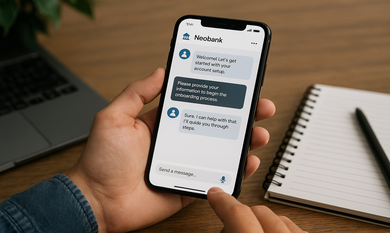
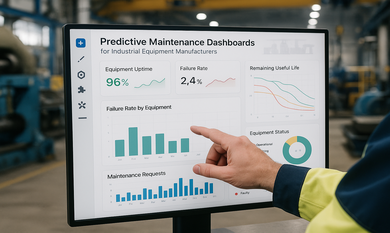





.png)

.png)
.png)
.png)
.png)


.png)
.png)
.png)
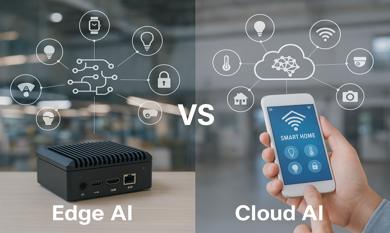
.png)





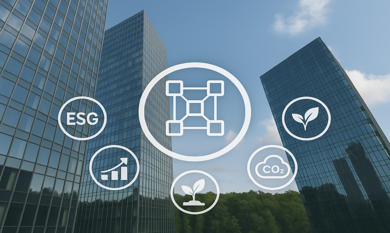
.png)
.png)


